
-
 Afrikaans
Afrikaans -
 Albanian
Albanian -
 Amharic
Amharic -
 Arabic
Arabic -
 Armenian
Armenian -
 Azerbaijani
Azerbaijani -
 Basque
Basque -
 Belarusian
Belarusian -
 Bengali
Bengali -
 Bosnian
Bosnian -
 Bulgarian
Bulgarian -
 Catalan
Catalan -
 Cebuano
Cebuano -
 Corsican
Corsican -
 Croatian
Croatian -
 Czech
Czech -
 Danish
Danish -
 Dutch
Dutch -
 English
English -
 Esperanto
Esperanto -
 Estonian
Estonian -
 Finnish
Finnish -
 French
French -
 Frisian
Frisian -
 Galician
Galician -
 Georgian
Georgian -
 German
German -
 Greek
Greek -
 Gujarati
Gujarati -
 Haitian Creole
Haitian Creole -
 hausa
hausa -
 hawaiian
hawaiian -
 Hebrew
Hebrew -
 Hindi
Hindi -
 Miao
Miao -
 Hungarian
Hungarian -
 Icelandic
Icelandic -
 igbo
igbo -
 Indonesian
Indonesian -
 irish
irish -
 Italian
Italian -
 Japanese
Japanese -
 Javanese
Javanese -
 Kannada
Kannada -
 kazakh
kazakh -
 Khmer
Khmer -
 Rwandese
Rwandese -
 Korean
Korean -
 Kurdish
Kurdish -
 Kyrgyz
Kyrgyz -
 Lao
Lao -
 Latin
Latin -
 Latvian
Latvian -
 Lithuanian
Lithuanian -
 Luxembourgish
Luxembourgish -
 Macedonian
Macedonian -
 Malgashi
Malgashi -
 Malay
Malay -
 Malayalam
Malayalam -
 Maltese
Maltese -
 Maori
Maori -
 Marathi
Marathi -
 Mongolian
Mongolian -
 Myanmar
Myanmar -
 Nepali
Nepali -
 Norwegian
Norwegian -
 Norwegian
Norwegian -
 Occitan
Occitan -
 Pashto
Pashto -
 Persian
Persian -
 Polish
Polish -
 Portuguese
Portuguese -
 Punjabi
Punjabi -
 Romanian
Romanian -
 Russian
Russian -
 Samoan
Samoan -
 Scottish Gaelic
Scottish Gaelic -
 Serbian
Serbian -
 Sesotho
Sesotho -
 Shona
Shona -
 Sindhi
Sindhi -
 Sinhala
Sinhala -
 Slovak
Slovak -
 Slovenian
Slovenian -
 Somali
Somali -
 Spanish
Spanish -
 Sundanese
Sundanese -
 Swahili
Swahili -
 Swedish
Swedish -
 Tagalog
Tagalog -
 Tajik
Tajik -
 Tamil
Tamil -
 Tatar
Tatar -
 Telugu
Telugu -
 Thai
Thai -
 Turkish
Turkish -
 Turkmen
Turkmen -
 Ukrainian
Ukrainian -
 Urdu
Urdu -
 Uighur
Uighur -
 Uzbek
Uzbek -
 Vietnamese
Vietnamese -
 Welsh
Welsh -
 Bantu
Bantu -
 Yiddish
Yiddish -
 Yoruba
Yoruba -
 Zulu
Zulu


ஆக . 11, 2025 11:40 Back to list
Reliable Hydraulic Crimping Tool for Precision Hose Crimps
The Indispensable Role of Hydraulic Crimping Tools in Modern Industrial Systems
In the dynamic landscape of industrial operations, the integrity of hydraulic systems is paramount for machinery performance and safety. Central to achieving this reliability is the hydraulic crimping tool. This specialized equipment is expertly designed to securely and precisely fasten fittings onto hydraulic hoses, forming robust, leak-proof connections essential for the transmission of fluid power. Unlike traditional mechanical fastening methods, a modern hydraulic hose crimping machine applies immense, controlled force to deform the fitting around the hose, creating a permanent bond that can withstand extreme pressures and vibrations encountered in demanding industrial environments. Its application spans across numerous sectors, including construction, agriculture, marine, and manufacturing, underpinning the operational continuity of critical machinery globally.
The evolution of the hose crimping machine reflects the growing complexity and demands of modern hydraulic applications. Contemporary models prioritize not only raw power but also unparalleled precision, operational speed, and remarkable versatility. These advanced tools are capable of handling a diverse array of hose types and sizes, ranging from low-pressure return lines to high-pressure multi-spiral hoses. This broad adaptability ensures that regardless of the scale of operation – from a compact mobile service unit to a high-volume manufacturing plant – there exists a tailored hose crimping tool solution. The core objective remains consistent: to compress a fitting onto a hose with calibrated force, thereby ensuring a durable, leak-free seal that significantly enhances the safety and efficiency of hydraulic systems, minimizing downtime and maximizing productivity.
Industry Trends and Market Dynamics Shaping Crimping Technology
The market for advanced hydraulic crimping tool solutions is undergoing substantial growth, propelled by several key industry trends. A primary driver is the increasing automation and sophistication of industrial machinery, which necessitates more precise, repeatable, and efficient crimping processes. There's a notable shift towards more compact and portable hydraulic hose crimping machine models. These innovations enable critical on-site repairs, dramatically reducing equipment downtime and associated costs, which is especially valuable for remote operations or large-scale construction projects. Furthermore, stringent global safety regulations and a heightened focus on environmental protection are fostering the development of crimping tools that guarantee superior crimp quality, thereby mitigating the risk of hazardous leaks and ensuring compliance with industry standards.
Manufacturers are also integrating smart technologies, such as digital interfaces for precise pressure and diameter control, automated crimping cycles, and even IoT connectivity for predictive maintenance. This technological infusion enhances accuracy, reduces operator error, and improves overall efficiency. Major industries, including infrastructure development, mining, agriculture, and oil & gas, remain significant consumers, driving continuous innovation in the sector. Recent market analyses indicate a robust Compound Annual Growth Rate (CAGR) for the global hydraulic equipment market, with advanced hose crimping machine technology being a pivotal growth enabler. This upward trajectory underscores the persistent demand for reliable, high-performance fluid conveyance systems capable of withstanding ever-increasing operational pressures and diverse fluid types.
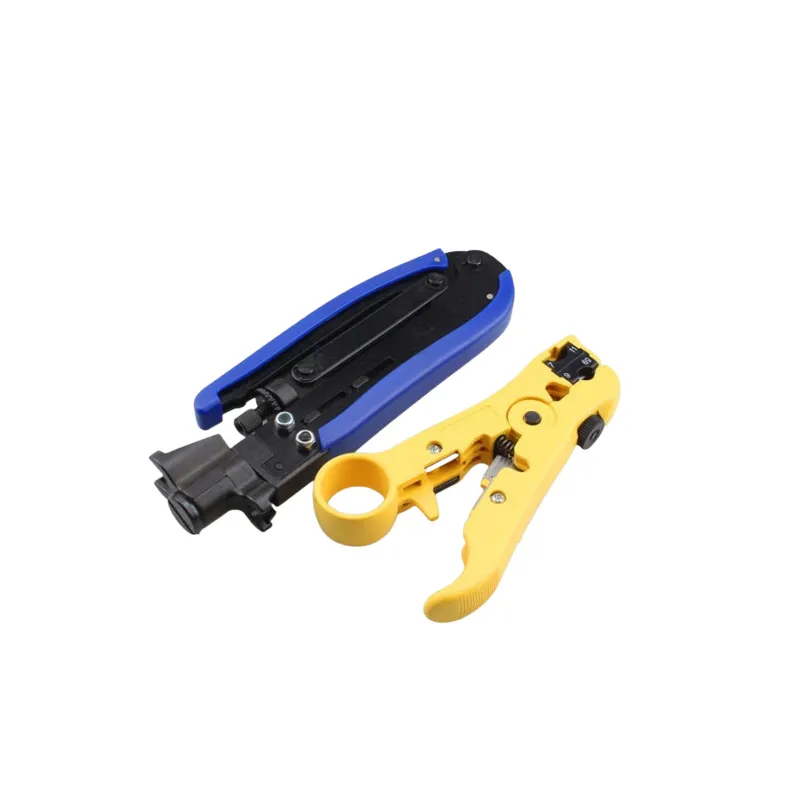
The Precision Behind the Power: Hydraulic Crimping Tool Manufacturing Process
The fabrication of a high-performance hydraulic crimping tool is a meticulous process, prioritizing unwavering durability, surgical precision, and extended operational longevity. The selection of raw materials is paramount: high-strength alloy steels, frequently variants of chrome-molybdenum or similar, form the core structural components such as the crimping head and cylinder. These materials are chosen for their exceptional tensile strength, fatigue resistance, and ability to withstand immense hydraulic pressures without compromise. Critical components like the crimping dies, which directly interface with the hose and fitting, are typically precision-machined from specially hardened tool steels, designed to endure thousands of high-force cycles while maintaining their exact crimp profile and ensuring consistent quality.
State-of-the-art manufacturing technologies are extensively employed. This includes advanced CNC machining for fabricating intricate components such as the ram, cylinder bore, and die holders, achieving dimensional tolerances often measured in microns. This unparalleled precision is indispensable for the smooth, accurate, and reliable operation of the crimping mechanism. For the outer casing and larger structural elements, robust casting or forging processes create monolithic parts capable of absorbing significant operational stresses. Subsequent to machining, various heat treatments, including induction hardening or tempering, are precisely applied to enhance the hardness, wear resistance, and overall toughness of critical wear parts, significantly extending the service life of the hose crimping machine. Finally, specialized surface treatments, such as hard chrome plating or black oxide finishes, are utilized to provide superior corrosion resistance, an essential attribute for tools deployed in harsh industrial environments like marine, petrochemical, or even municipal water supply and drainage systems. Adherence to international quality and safety standards, such as ISO 9001 for comprehensive quality management and ANSI B30.1 for hydraulic equipment, ensures that every hydraulic hose crimping tool not only meets but often exceeds rigorous performance and safety benchmarks. A properly maintained tool, manufactured to these standards, can boast a service life exceeding 10-15 years, delivering an exceptional return on investment through reduced energy consumption from leak-free systems and enhanced protection against environmental corrosion.
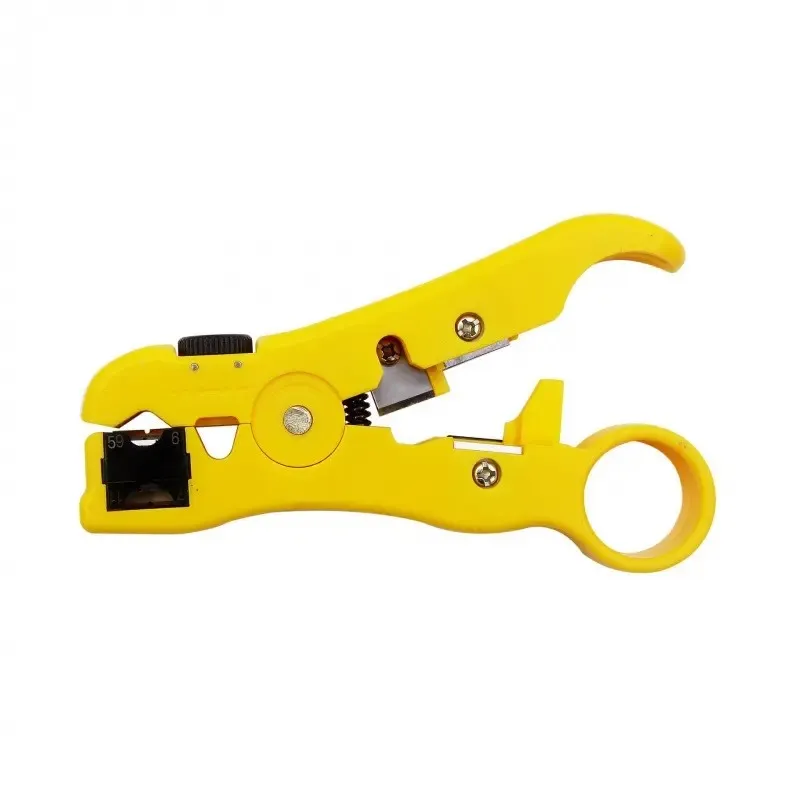
Key Technical Parameters and Specifications of Hydraulic Crimping Tools
Selecting the optimal hydraulic crimping tool for specific applications requires a deep understanding of its technical specifications. These parameters are critical in determining the tool's capacity, efficiency, and overall suitability. The paramount specification is the crimping force, typically measured in tons (metric or US), which denotes the maximum compressive pressure the machine can exert. Standard industrial models often range from 30 tons for light-duty applications to over 200 tons for large-diameter, multi-spiral high-pressure hoses. Equally vital is the crimping range, expressed in millimeters or inches, which defines the minimum and maximum hose inner diameters the machine is capable of crimping. The availability and variety of die sets are also crucial, as these dictate the precise crimp profiles and sizes achievable for various hose and fitting combinations, ensuring a perfect match for every assembly requirement.
Additional considerations include the machine's cycle time – how quickly it completes a crimp – and the sophistication of its control system, such as digital displays for precise crimp diameter adjustments. The choice of power source (electric, manual, pneumatic, or battery-operated) heavily influences the tool's mobility and suitability for various field or workshop settings. For instance, a robust, portable hydraulic hose crimping tool powered by a battery is an ideal solution for remote construction sites where access to grid electricity is limited. Conversely, a stationary electric hose crimping machine is indispensable for high-volume production lines within a factory setting. A thorough assessment of these specifications is key to optimizing capital investment and ensuring the tool perfectly aligns with operational demands and long-term strategic objectives.
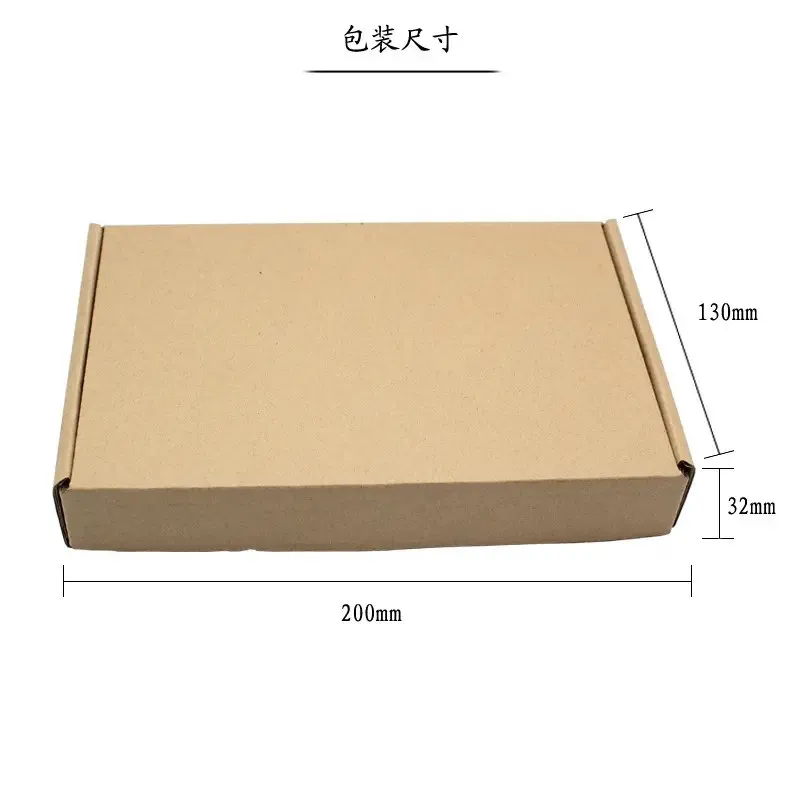
Versatile Application Scenarios and Proven Case Studies
The inherent adaptability and robust performance of the hydraulic crimping tool render it indispensable across a multitude of industries where reliable fluid power systems are the backbone of operations. In the demanding construction industry, for instance, heavy earth-moving machinery like excavators, bulldozers, and mobile cranes rely heavily on high-pressure hydraulic hoses. A highly dependable hydraulic hose crimping tool facilitates rapid, on-site repairs of damaged hose assemblies, drastically minimizing equipment downtime and preventing costly project delays. A tangible example involved a large-scale urban infrastructure project where a critical burst hose on a paver halted operations. Utilizing a portable crimper, the maintenance team was able to fabricate and install a new hose assembly within an hour, preventing potential project delays estimated at over $10,000 per hour.
Within the petrochemical sector, where safety and resistance to corrosive media are paramount, specialized hose crimping machine models are employed for assembling chemical transfer hoses, fuel lines, and ultra-high-pressure hydraulic circuits in refineries and processing plants. These highly volatile environments necessitate tools that can consistently ensure absolute leak integrity under extreme pressures and temperatures. Similarly, the mining industry extensively benefits from the ruggedness and reliability of these tools for maintaining the hydraulic systems on colossal haul trucks, drilling rigs, and longwall mining equipment, often in harsh, remote conditions. One prominent open-pit mine reported a measurable 25% increase in fleet uptime after establishing a dedicated, fully equipped on-site hydraulic crimping tool station, directly translating to enhanced production output and significant operational savings. The versatility of a modern hydraulic hose crimping tool also extends to the maritime industry for shipboard fluid systems, agricultural machinery for tractors and harvesters, and even precision industrial manufacturing for automated assembly lines, unequivocally underscoring its broad and critical utility in maintaining global industrial efficiency.
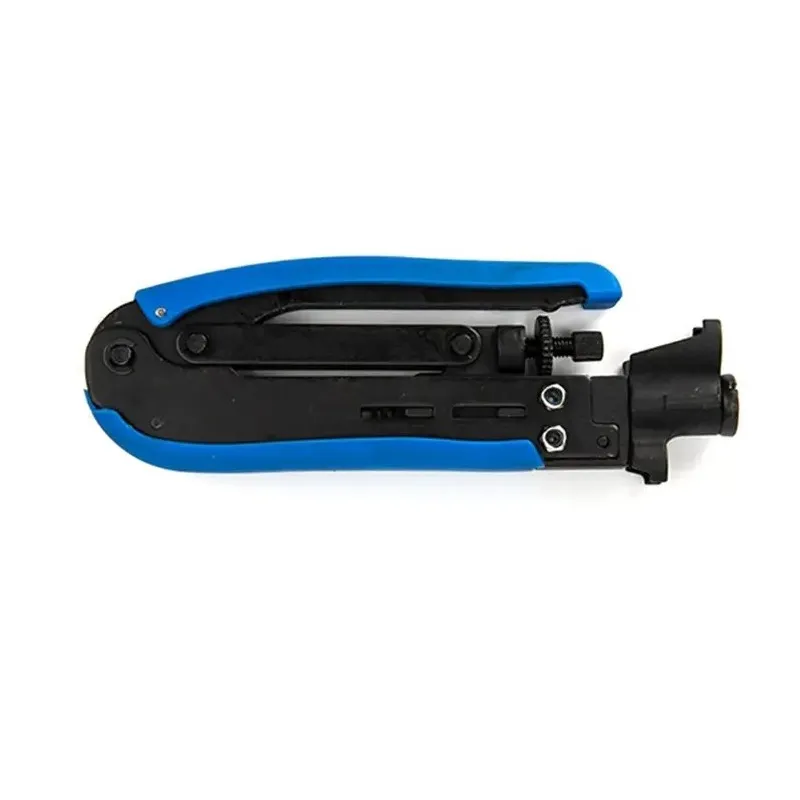
Technical Advantages and Performance Superiority in Operation
The distinct advantages of a hydraulic crimping tool fundamentally stem from its ability to deliver superior performance and reliability compared to traditional, often less precise, mechanical crimping methods. The most significant benefit is its inherent precision crimping capability. The controlled application of hydraulic force ensures a uniform and consistent compression of the hose fitting, guaranteeing that the critical crimp diameter is achieved with unparalleled accuracy. This precise control significantly mitigates the common risks associated with manual methods, such as over-crimping, which can inadvertently damage the hose's internal structure and reduce its lifespan, or under-crimping, which leads to premature leakage and system failure. The direct outcome is a remarkably more reliable, leak-free connection that substantially extends the service life of the hose assembly and enhances overall system safety and operational integrity.
Beyond sheer accuracy, contemporary hydraulic hose crimping tool designs prioritize ergonomics and comprehensive user safety. Unlike manual tools that demand considerable physical exertion and can lead to operator fatigue and repetitive strain injuries, hydraulic crimpers significantly reduce the physical effort required, enabling operators to work more efficiently and safely over extended periods. Advanced safety features, including easily accessible emergency stop buttons, robust safety guards, and integrated automatic pressure relief valves, are standard inclusions, actively safeguarding operators from potential hazards. Furthermore, the durability and reliability of these tools are exceptional. Constructed from high-grade materials and engineered with precision, they are purpose-built to withstand continuous, heavy-duty use in the most demanding industrial environments. Their unparalleled versatility is also a key advantage, with efficient quick-change die systems enabling operators to rapidly switch between different hose sizes and types – from standard industrial hoses to specialized thermoplastic or high-pressure multi-spiral hoses. This makes the hose crimping machine a highly flexible and valuable investment, capable of adapting to diverse operational needs and maximizing workshop productivity.
Choosing a Manufacturer: Quality, Customization, and Global Standards
When making a strategic investment in a hydraulic crimping tool, the selection of the manufacturer holds as much weight as the tool's technical specifications. Leading manufacturers distinguish themselves through an unwavering commitment to research and development, the implementation of rigorous quality control protocols, and comprehensive, proactive after-sales support. Prospective buyers should prioritize companies that hold established ISO 9001 certifications, which signify a robust and globally recognized quality management system, and CE markings for compliance with stringent European safety and health standards, especially crucial for global operational deployments. A truly reputable manufacturer will also possess years of demonstrable experience, a robust portfolio of successful installations, and strategic partnerships with major industrial clients, reflecting their authoritative standing in the market.
Moreover, the capability to provide customized solutions represents a significant differentiator in today's specialized industrial landscape. While standard hose crimping machine models effectively address common crimping requirements, specific industrial applications, unique hose material compositions, or highly specialized fittings may necessitate bespoke die sets, precisely calibrated crimping forces, or even seamlessly integrated automated crimping systems. A manufacturer with the engineering prowess and flexibility to develop such tailored solutions ensures optimal performance and flawless integration into existing complex workflows. For example, Bilopowtel, a recognized name in the industry, exemplifies these attributes, focusing on precision engineering and robust durability to deliver highly reliable crimping solutions. Their dedication to meeting diverse client needs, substantiated by rigorous internal testing data and a commitment to fostering long-term partnerships, underscores the characteristics of an authoritative and trustworthy partner businesses should seek when acquiring a sophisticated hydraulic hose crimping tool.
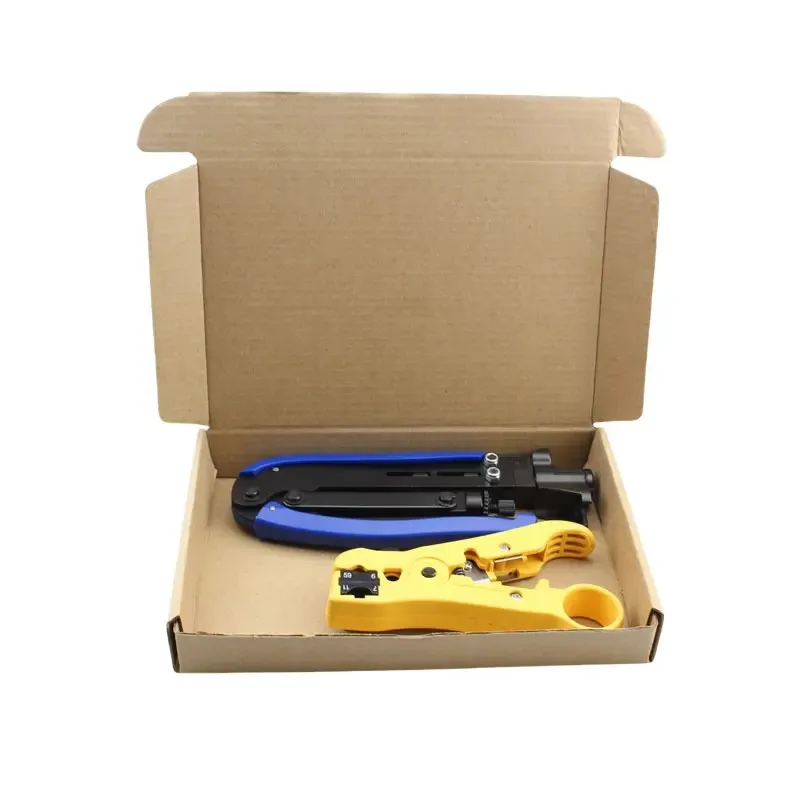
Ensuring Trustworthiness: FAQs, Delivery, and Comprehensive Support
In B2B procurements, especially for mission-critical equipment like a hydraulic crimping tool, transparency and reliability in product delivery and post-purchase support are foundational to building lasting trust.
Frequently Asked Questions (FAQs)
-
Q: What is the typical lead time for a new hydraulic crimping tool order?
A: For standard, in-stock models, typical lead times range from 5 to 10 business days for dispatch. Highly customized solutions, or those requiring specialized fabrication, may necessitate 3 to 4 weeks for manufacturing, rigorous testing, and final preparation before shipment, depending on their complexity. -
Q: What kind of warranty coverage is provided with the crimping machines?
A: Most of our hose crimping machine units are backed by a comprehensive standard 12-month warranty, meticulously covering manufacturing defects and ensuring peace of mind. For operations requiring extended protection, additional extended warranty options and tailored service contracts are also readily available. -
Q: How do you guarantee the precision and enduring quality of each crimper?
A: Every single hydraulic hose crimping tool undergoes a stringent multi-stage quality assurance process. This includes advanced material composition analysis, precise dimensional accuracy verification using Coordinate Measuring Machines (CMM), and exhaustive functional load testing to ensure strict compliance with international ISO standards and industry-specific performance benchmarks prior to final shipment. -
Q: Is comprehensive technical support accessible after purchase?
A: Absolutely. We provide robust, comprehensive technical support that includes prompt remote troubleshooting assistance, efficient supply of genuine spare parts, and, when necessary, on-site service performed by our team of highly certified and experienced technicians. Furthermore, customized training programs for both operating personnel and maintenance staff are available to ensure optimal use and upkeep of your equipment.
Delivery & Logistics Assurance
Efficient and reliable delivery is paramount to minimize project delays and operational interruptions. Reputable manufacturers typically offer global shipping capabilities, leveraging established partnerships with trusted freight forwarders to ensure the timely and secure transit of equipment. Each hose crimping tool is meticulously packaged to safeguard its sensitive components during shipment. Customers are provided with comprehensive tracking information and dedicated support for customs clearance procedures where applicable, ensuring a smooth and transparent delivery experience.
Warranty & After-Sales Support Excellence
A robust warranty and proactive after-sales support system are the definitive hallmarks of a trustworthy supplier. Beyond the initial warranty period, continuous access to genuine spare parts, clearly defined maintenance schedules, and timely technical bulletins are crucial for ensuring the long-term operational efficiency and extended lifespan of your hydraulic crimping tool. Many reputable suppliers also offer tailored preventative maintenance contracts and expert calibration services, designed to maximize tool longevity, uphold peak performance standards, and provide ongoing peace of mind.
Conclusion: The Future of Fluid Connection Integrity
The hydraulic crimping tool stands as a pivotal cornerstone in ensuring the reliable and safe operation of hydraulic systems across virtually every major industrial sector worldwide. Its relentless evolution, continually driven by the increasing demands for superior precision, enhanced safety features, and unparalleled operational efficiency, emphatically underscores its indispensable nature. From the meticulous manufacturing processes involving the strategic selection of high-grade alloy steels and the application of advanced CNC precision engineering, to its critical role in establishing leak-proof connections in the most arduous and demanding operational environments, the intrinsic value of an advanced hydraulic hose crimping machine cannot be overstated. As global industries continue their inexorable march towards higher operational pressures, the utilization of more complex fluid types, and the widespread adoption of automated processes, the fundamental importance of robust, intelligently designed, and precisely engineered crimping solutions will only grow in significance, solidifying their enduring and expanded role in the future of reliable fluid power transmission.
References
- ISO 9001: Quality management systems – Requirements. International Organization for Standardization.
- ANSI B30.1: Jacks, Industrial Rollers, Air Casters, and Hydraulic Gantries. American Society of Mechanical Engineers.
- Fluid Power Journal: Industry insights and technical articles on hydraulic systems and components.
- Parker Hannifin Corp. Technical Bulletin: Comprehensive Guidelines for Hose Assembly, Routing, and Crimping.
- Hydraulics & Pneumatics Magazine: Articles on advanced fluid power components, system design, and industrial applications.
Latest news
What Are Construction Tools and How Are They Used?
NewsJul.11,2025
Professional-Grade Duct Rodding Tools for Superior Cable Installation
NewsJul.11,2025
Enhancing Safety and Efficiency with Modern Hot Stick Solutions
NewsJul.11,2025
Empowering Cable Installation with Advanced Rodder Solutions
NewsJul.11,2025
Elevate Your Cable Installation Projects with Cable Pulling Tools
NewsJul.11,2025
Efficient Cable Handling Solutions: Cable Rollers for Sale
NewsJul.11,2025











